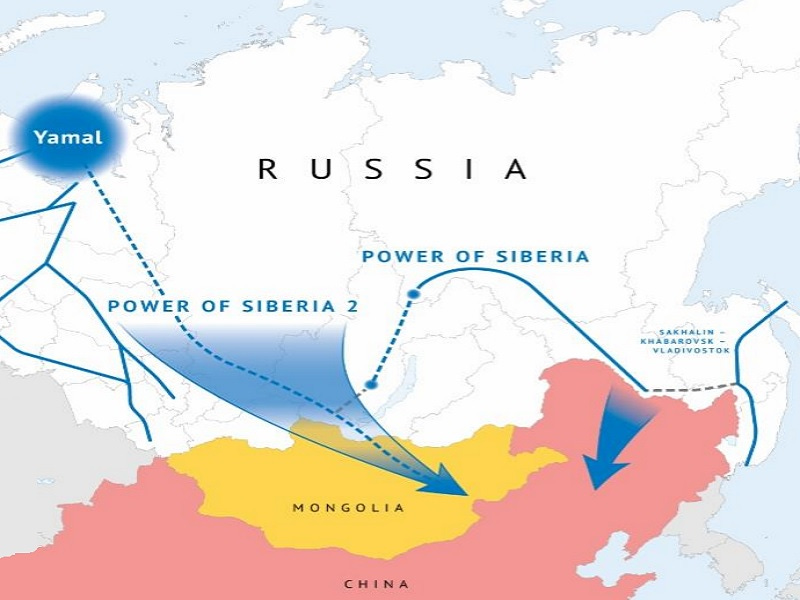We are constantly bombarded by politicians declaring the importance of “creating jobs” in the economy. We regularly see government initiatives like public works projects, “stimulus” programs, and government subsidies enacted under the guise of creating jobs.
Simply put, however, policies with the sole goal of maximizing jobs miss the mark. The true emphasis should be on maximizing production.
Why focus on maximizing production, and not jobs? Because increasing productivity is what increases wealth and improves the standard of living for all.
Adam Smith described wealth as “the annual produce of the land and labour of the society.” This “produce” is, at its simplest, that which satisfies human needs and wants.
In short, wealth can be described as an abundance of items of economic value. Note that wealth is not an abundance of money, or jobs.
Money is a tool of exchange, having “lots” of money is only relative to the amount of goods available to exchange for that money. If you have a mountain of dollars, but there is barely enough “produce” available in society to keep you from starving, you are not wealthy.
Moreover, a society can be at “full employment” and be extremely poor. Think of third-world nations or more primitive times in history where virtually everyone had to toil from sunup to sundown just to produce enough to survive the next day.
The goal, instead of focusing exclusively on jobs, is to focus on productivity and the wealth creation it brings.
Merely “Creating Jobs” is Not Enough
Steven Horwitz, the late economist from St. Lawrence University once wrote, “Creating jobs is easy, but it’s nothing to be proud of. In fact, destroying jobs is the real path to wealth.”
This quote by Prof. Horwitz sheds light on how misguided it can be to focus exclusively on jobs. We must keep in mind that a job is income for the worker but is a cost for the employer.
Employing, for instance, ten workers to perform work that could be accomplished by five, wastes scarce resources. Many government programs designed to “create jobs” do exactly that. Their goal is to maximize the number of workers on a project, rather than producing goods and services as efficiently as possible.
It’s easy for politicians to use taxpayer dollars to fund “jobs programs” that give people jobs, but that does not help the economy and can actually slow economic growth.
To understand why, we can start by recalling the law of opportunity costs. When the government uses tax dollars to employ people on government projects, those tax dollars are removed from the private economy and therefore result in less private business investment. And because private investors are motivated to spend their money efficiently to meet consumer needs, it is likely that the government program will spend the money less productively than if it were left in the hands of the private sector.
Furthermore, employing more people than necessary lowers productivity. Lower productivity means that fewer goods and services of economic value are being produced with a given amount of resources. Simply focusing on “creating” the maximum number of jobs could harm productivity, which lowers the abundance of goods of economic value.
In spite of the appearance of more people being employed, if jobs are the focus and not productivity, our standard of living is harmed.
Destroying all the nation’s tractors would “create” perhaps millions of farming jobs. But requiring far more workers to produce the same amount of output would be far less efficient and as such be a drag on the economy. And less labor would be available to satisfy other societal needs and desires.
As Horwitz added, “The healthiest economies are those that consistently destroy jobs by inventing new and better ways to satisfy existing human wants with less and less labor, while freeing other labor to satisfy new and not-yet-dreamed-of wants.”
Who Will Produce “The Next Big Thing”?
Another important factor to remember is that human wants far outnumber the scarce resources available to satisfy them. Even when people lose their jobs to productivity gains – there are always more consumer wants to satisfy. Even those that consumers don’t know about yet.
If too many workers are being employed in current modes of production as a result of government policies to “create jobs,” there won’t be any workers available to discover and produce new and innovative products.
A generation ago, virtually nobody could have imagined a piece of machinery that fits in the palm of your hand that can take pictures, send instant messages across the globe, and allow you to surf the internet.
But clearly, smartphones fill a consumer demand for instant communication and information, a demand that didn’t exist a few decades ago. It took an entrepreneur’s vision and resources like labor freed up from other lines of production, courtesy of productivity gains, to bring these devices to market.
In sum, job creation is a by-product of a growing economy and production structure, but public policy should not just focus on creating or saving jobs – those policies can be counterproductive. Instead, public policy should seek to free up entrepreneurs to invest in improving productivity, and be sure not to create incentives that discourage the accumulation of productivity-enhancing capital.
In his book Economics in One Lesson, economist Henry Hazlitt summed up the notion that full employment does not mean prosperity, and that the real driver of prosperity is productivity gains, leading to a greater abundance of goods and services to satisfy the ends of individuals.
“Primitive tribes are naked,” he wrote, “and wretchedly fed and housed, but they do not suffer from unemployment…The real question is not how many millions of jobs there will be in America ten years from now, but how much we produce, and what, in consequence, will be our standard of living?”









































